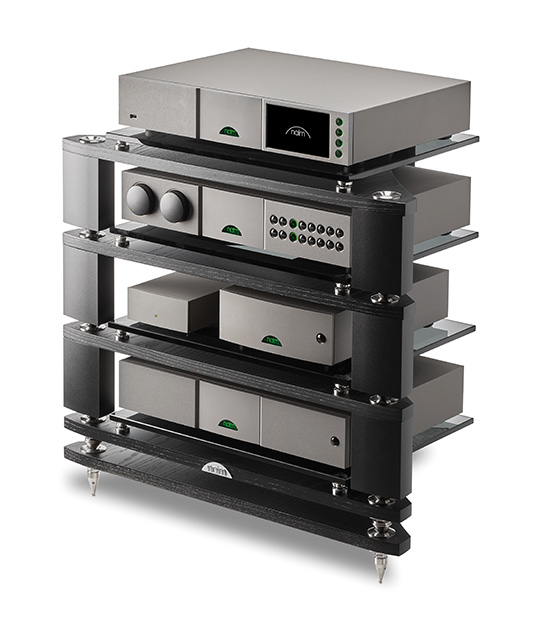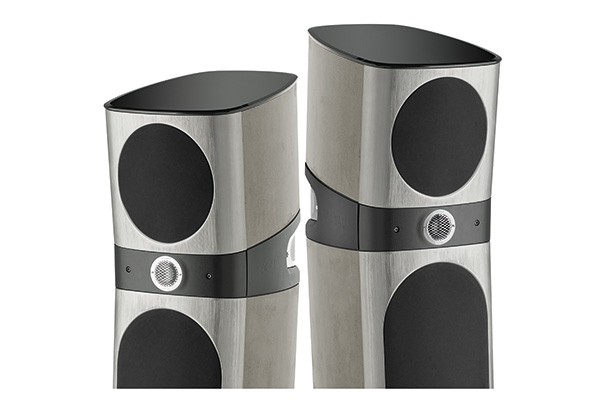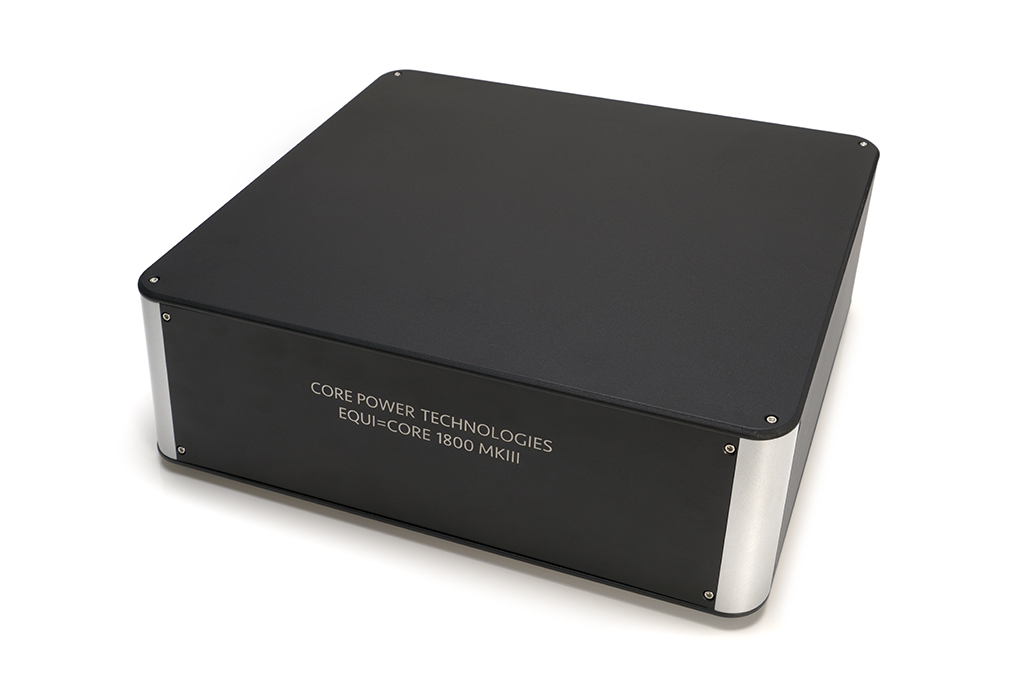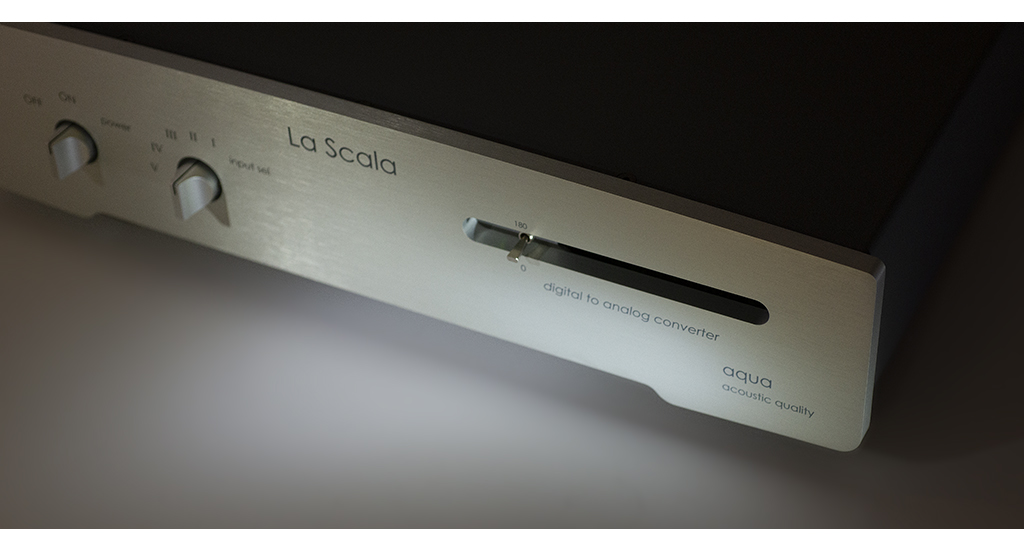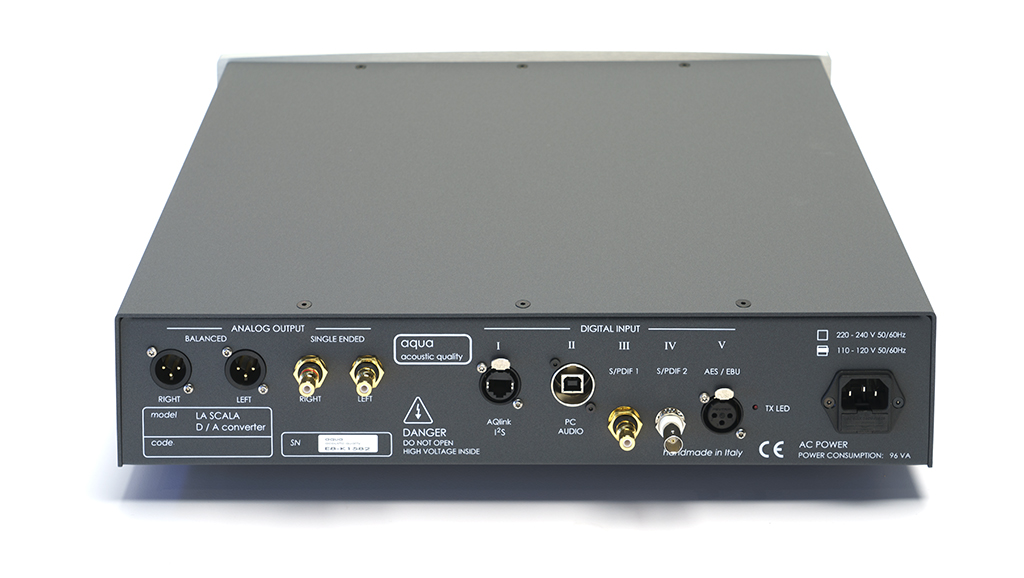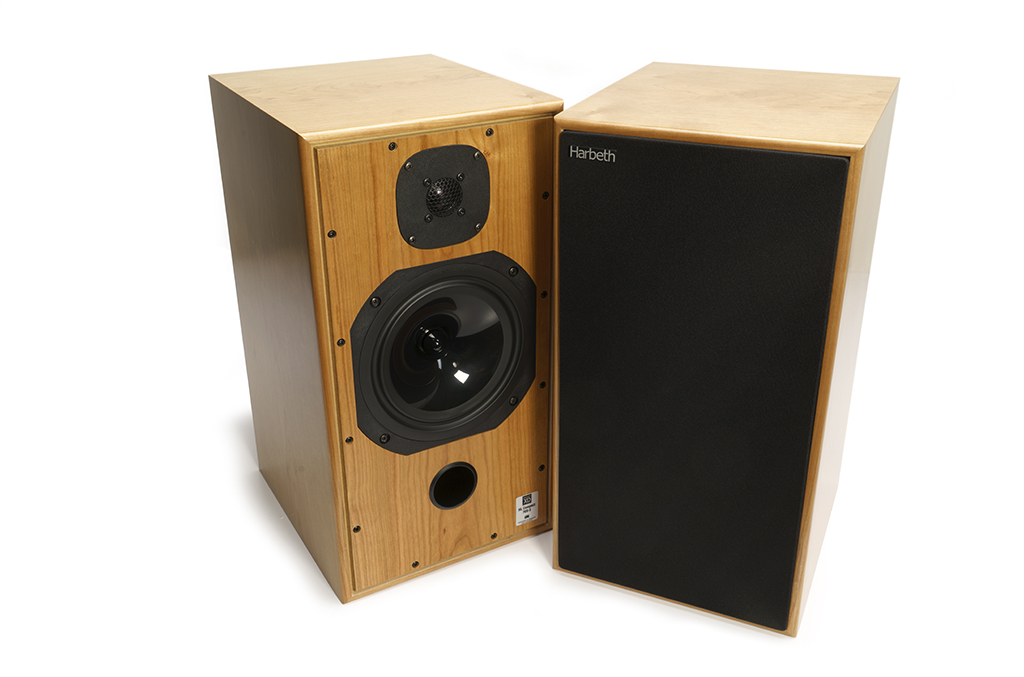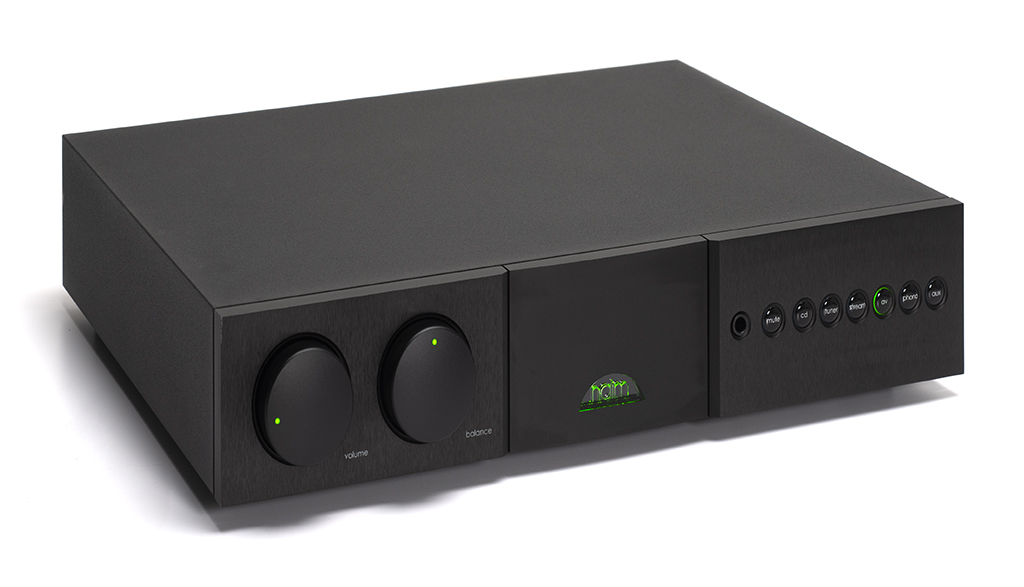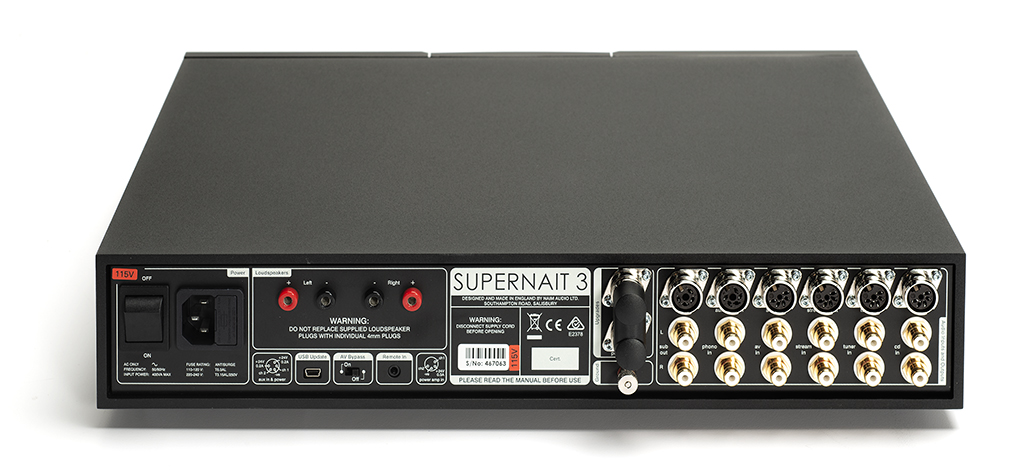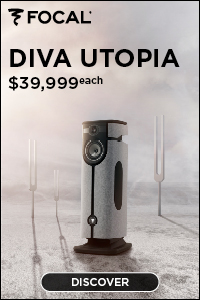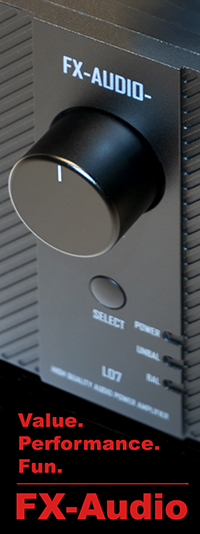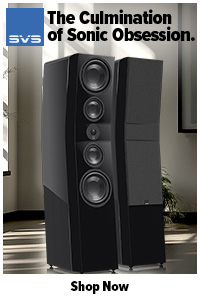In just over four decades of evaluating speakers, the most memorable ones always pull you in with an ease that may not always be as visceral and exciting as some of the flashier “best” speakers out there, but they’ve got staying power.
These are speakers that you want to sit on the couch and listen to for hours, perhaps for days. The Vandersteen 1, the Magnepan .7, and the ProAc Tablettes, come to mind. Anyone truly loving music can’t turn their backs on any of these. I’m sure we all have a few others on that list.
However, these legendary speakers have all crossed the $1,000/pair line some time ago. People stepping out of Sonos world, ready for an audiophile adventure, usually want something delivering more sonically, but not necessarily breaking the bank. Enter Underwood HiFi and LSA.
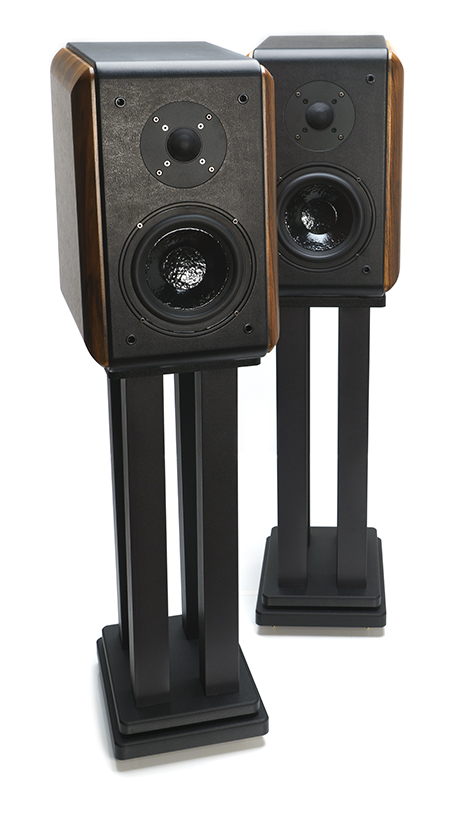 Speakers that are only sold factory-direct are not an entirely fair comparison, so let’s level the playing field and compare a new pair of LSA 50 Signatures to a used pair of the three speakers mentioned above. You can find a pair of either of these on any given day at Audiogon, SkyFi, or The Music Room. You might even have a friend with a pair they want to unload or a great local dealer with a pair on the floor. You should be able to pick either of these three speakers up for about $700 – $1,000 pair. About double that for a new, in-box pair.
Speakers that are only sold factory-direct are not an entirely fair comparison, so let’s level the playing field and compare a new pair of LSA 50 Signatures to a used pair of the three speakers mentioned above. You can find a pair of either of these on any given day at Audiogon, SkyFi, or The Music Room. You might even have a friend with a pair they want to unload or a great local dealer with a pair on the floor. You should be able to pick either of these three speakers up for about $700 – $1,000 pair. About double that for a new, in-box pair.
Removing the dealer markup aspect from the speakers mentioned above, most used models trade for about half of their original retail price. The LSA 50 Signatures still stand up, compared to the well-known speakers at this level. This is an excellent pair of small speakers that you can build a serious yet reasonably priced music system around. One that will sound like a massive jump up from a Sonos, Zeppelin, or whatever other single box system is your current fave.
We traditionally stand behind brick-and-mortar retailers at TONE. However, when you are trying to get in the game watching every penny – going used, or in this case, a manufacturer direct product is going to give you the most sound for your hard-earned currency unit. If you don’t get excited about audio in the first place, you might never buy a $30k pair of speakers someday. Right?
We hate to impose rules on hifi. It’s different for everyone, but you need to go no further than any internet forum or Facebook page. Some know it all is blathering that you need to spend a fixed percentage of your budget on speakers and only so much on an amplifier, blah, blah, blah. It’s music. It’s individual, and it’s your journey.
However, I have never observed an awful speaker become a great speaker after 2,000 hours of break-in. Putting that in perspective, if you listen to your system 10 hours a week, it’s going to take four years for your speakers to sound good. I don’t have that kind of patience, and I’m guessing you don’t either. So, forget the “needs 1000 hours of break-in” rule, especially at this price point.
Much as you love a pair of panel speakers, they might not work in your environment. Your room might be too large for a pair of mini-monitors to generate any serious low-frequency energy. If you share your living space with one or more people, aesthetic concerns might also affect your choice. I suggest finding speakers you enjoy first, only because speakers are the most interactive component of your system, visually and physically.
Once you settle on speakers, it’s much easier to find an amplifier that will work, rather than the other way around. That’s the closest I can get to impose my will on you. Though the Signatures claim an 86db/1-Watt sensitivity, they are easy to drive. LSA’s Mark Schifter mentions how much work went into the crossovers, and this is truly where that work is realized. Even the 10-Watt per channel Luxman D-150 drives the Signatures to a more than reasonable volume level. There were no anomalies after auditioning these speakers with a wide range of amplification from low power to high and modest cost to expensive.
That ease
The LSA 50s sound is inviting right out of the box. While Underwood HiFi suggests they will take 100 hours or so to sound their absolute best, you won’t grimace when you hit play or lower the tonearm on the first track. These speakers are slightly warm tonally, with solid bass response. Remember, keepers. Stay on the couch for a long time.
As the new Tears for Fears record, The Tipping Point, just dropped while unboxing the LSA 50 Signatures, it felt like the perfect time to revisit The Seeds of Love. Perhaps one of the best bookends of the 1980s, this ethereal, finely crafted record is full of great bass lines, layered vocals, and can define pinpoint imaging when played on decent speakers.
Using the audio show trick of plugging a $600 pair of speakers into a six-figure system, the Signatures sound stunning, plugged into the Pass XA200.8 monoblocks, Pass XS Pre preamplifier, driven by the dCS Vivaldi ONE digital player. In addition to some incredible bass drive, they produce a big window into the sound. But that’s not how anyone will listen to them at home.
More good news. They still sound damn good plugged into a vintage Sansui AU-717 integrated, with the $199 SONY SACD player we have in for review, and that’s their magic. If you’re starting out, you’re probably going to cobble together whatever you can. That’s what makes these speakers so cool. Granted, they do not resolve as much musical detail as with the more expensive hardware; their core character remains fully intact. That’s the sign of a well-designed speaker. Too many “budget” speakers on the market sound fab with a big, high-powered amp but fall flat in your system. That’s what drives people away from high-end audio.
Moving right along
After a solid week of playing 24 hours a day, the lowest bass notes dig a little deeper and a little faster, the top end becomes slightly more extended, and the mids offer up a greater degree of transparency. All told, the needle has probably moved 5%, maybe a little more – but now we’re getting all audiophile-y on you, and that’s not what these speakers are about.
Set up is a breeze. After break-in out in the big listening room, the Signatures were moved into our 13 x 18-foot living room on the supplied ($179 extra) LSA Stands. This rear-ported design delivers serious low-end grunt, so position them for a smooth low to mid-bass transition in your room first, and then go for a bit of toe-in to suit how lively or dead your room is. If you have an overstuffed room with rugs, couches, etc., you might need a bit extra toe-in to get the sparkle you’d like. If your space is more on the lively side like mine, minimal to no toe-in will probably suit you just fine.
Keeping with the Signatures’ high performance/low-cost ethos, some of the living room listening was done with a PrimaLuna ProLogue 1 integrated amplifier (34 Watts per channel), with a fresh set of tubes, an older one OPPO streaming DAC, connected with Tellurium-Qs Blue II cables. The bulk was done with the LSA 70 integrated amplifier that we reviewed here. It’s a killer match. Total system cost: well under $3k.
The Signatures are a well-implemented two-way design, sporting a 6.5″ woofer and a 1.1″ soft dome tweeter. Thanks to some solid cabinets, they tip the scales at 26 pounds each. A quick rap against the surface of the cabinet feels substantial. In addition to the wood cabinets, the top and rear faces are covered in black leather. Execution is well above what is usually featured anywhere near this price.
Final assembly
It’s worth mentioning a few things about the LSA stands here, for those of you that take this path. First, ignore the instructions and do not use a powered screwdriver to put them together. The mild steel, threaded columns will surely strip the threads with too much force applied. Do it by hand with a big Phillips head screwdriver and only go slightly past snug when securing the columns.
If you do fill them with sand (and that’s a great idea), consider getting some black RTV/Silicone sealant and running a fine bead around the bottom of the columns once attached. That way, you won’t have small sand puddles after filling.
LSA does include some small brass pucks to put the rounded speaker stand’s spikes in. If you are on wood or tile, they will come in handy. The round, ball-like ends on the tips should not punch through your carpet, so consider not using the pucks there it may lead to instability.
That groove
Heading full circle, back to Tears for Fears, the opening bass line in “Woman in Chains” feels substantial. Ditto for the bass line in the Beatles’ “Strawberry Fields Forever.” The drums in A-ha’s “Take on Me” are right there. These speakers do an excellent job of keeping the pace locked down. The critical midrange is equally well rendered. Those leaning towards more vocal music will enjoy the slightly warm perspective these present. Whether you like Ella or Eilish, they deliver the goods.
Again, the bass response is equally enticing. Running through a long list of hip hop, heavy rock, and electronica tracks, The Signatures dish up enough bass that you won’t be clamoring for a subwoofer. The quality of the bass delivered is plenty resolving. Going back and forth between Jaco Pastorius’ electric playing and Alice In Chains Unplugged illustrates the detail in the lower registers these speakers provide. They are not one-note wonders.
Because the Signatures accomplish so much, it’s truly tough to find fault – remember this is a $600 pair of speakers. In 40 years, only the Magnepan SMG and Vandersteen 1 (back when they were only about $900 a pair) have offered this much sheer musical enjoyment for such a modest investment. Putting the LSA 50 Signatures in the same sentence with these two classic speakers is the highest compliment I can give them.
If you share the viewpoint that overall balance is the crucial factor in choosing a pair of speakers, we hope that those of you auditioning the LSA 50 signatures will enjoy them as much as we did. In a world where speakers costing nearly a million dollars a pair get a disproportionate amount of attention, these are truly exciting. Because everyone can play.
Yes, a few modestly priced speakers (to be clear, we define that as $500 – $1,500/pair) do specific things better than the LSA 50 Signature. The precious few speakers that offer this level of coherency, useful bass response, midrange clarity, and enough resolution that you can hear the difference between amplifiers and source components all cost more.
The $150 question
There’s a cost to play because Underwood HiFi isn’t Amazon, Best Buy, or Nordstrom. If you don’t like the Signatures enough to keep them, there’s a 15% restocking fee. And you’ll have to pay to ship 50 pounds back. But remember, experience is what you get when you don’t get what you want, and everyone has to keep the lights on.
If the description of the LSA 50 Signatures ticks your boxes, you probably won’t want to send them back. That said, these are worth rolling the dice for. Should your system grow beyond the roots you plant with the LSA 50 Signatures, you’ll probably keep them for a second system or to pass on to your kids or a friend about to start their audio journey. They are that good.
The LSA 50 Signature speakers truly define the concept of our Exceptional Value Award.
https://www.underwoodhifi.com/products/lsa-speakers







